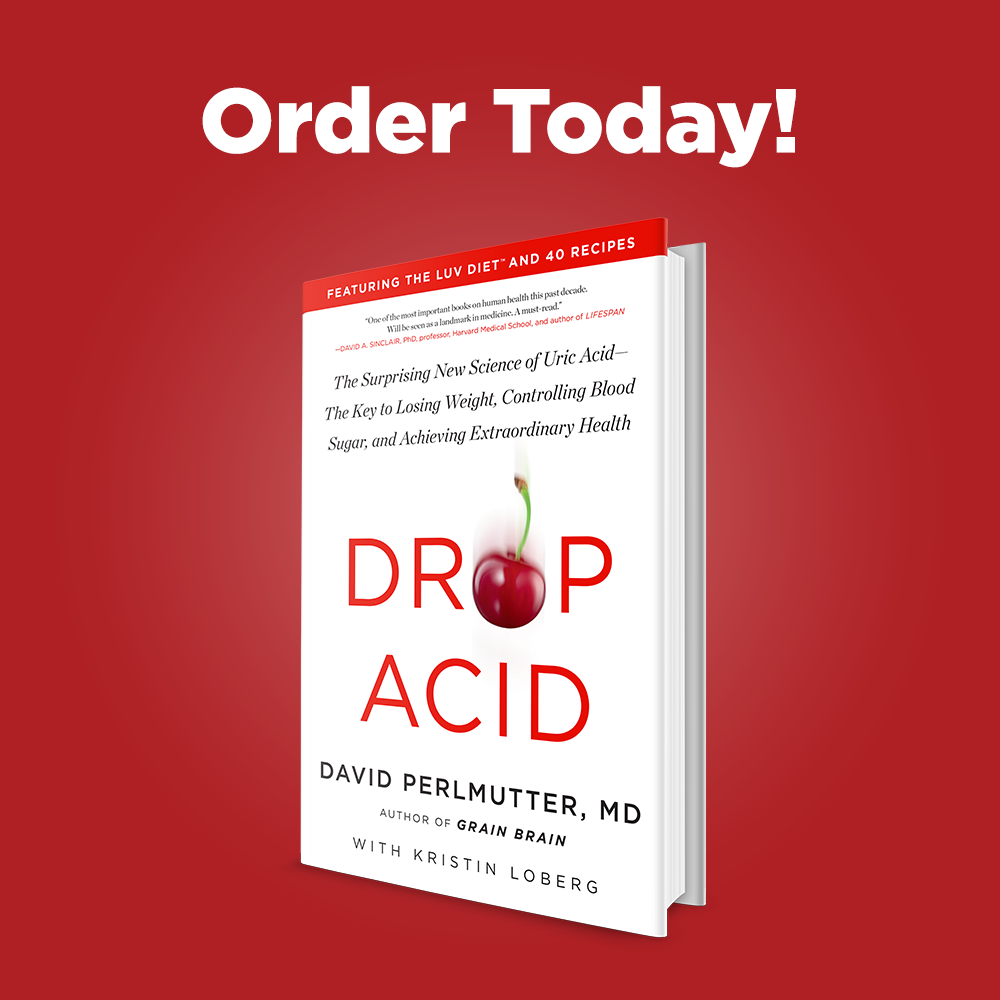What We Eat Matters, But So Does When We Eat

There’s so much information that we are exposed to day in and day out focused on what we should be eating. But lately there seems to be an important shift in the conversation to trying to understand when we should eat. Truthfully, we had always thought that to be healthy we should be following the “three meals a day” rule, with special emphasis on breakfast since it was thought to be “the most important meal of the day.” But, gratefully, well-respected researchers are now challenging these ideas.
In a research paper published in the journal Cell Metabolism, two highly respected researchers, Valter Longo and Satchidananda Panda, explored the science of circadian rhythms, fasting, and time-restricted feeding, and how these variables affected a healthy lifespan. Dr. Longo is the developer of the idea of a “fasting mimicking diet” that you can learn more about in my interview with him. Dr. Panda is a professor at the Salk Institute and author of the book The Circadian Code.
The paper begins by describing the fundamental role of the daily light/dark cycle across the panorama of physiological activities of all living things. One highly influenced activity is feeding, again as it relates to the circadian rhythm. Thus, animals experience cycles of feeding and cycles of fasting during a typical 24-hour period. Fasting is the time when stored energy is used, and it is a time of repair and rejuvenation.
As it relates to humans, the authors note how the development of artificial light, available throughout the 24-hour day, has really distanced us from our connection to the normal day/night cycle. They point out that this disconnection facilitates, for example, excessive caloric intake and how this disrupted temporal regulation may be playing an important role in metabolic diseases and even increasing the aging process.
So it becomes very clear that there is great value for our health in the daily periods of non-eating that typically occur at night. And again, this is threatened by our modern lifestyles.
The paper then explores what happens in laboratory animals, for example, during the periods of time when they are not eating, and perhaps more importantly, when they are actually deprived of food over periods of time. Various physiological changes take place in terms of metabolism and even gene expression that are ultimately net positive in terms of health, disease resistance, and longevity.
Moving forward, the authors then relate this experimental information to humans and do an excellent job in extrapolating how intermittent fasting, as well as the idea of time restricted eating, meaning only eating during a restricted window of time during each 24-hour period, may have profound beneficial effects for humans in terms of both prevention and treatment of pervasive chronic diseases.
Yes, this is a powerfully revealing exploration of these new and exciting topics in terms of the specifics of their mechanisms as well as their application to human subjects, especially in the context of some of our most aggressive public health challenges. Improvements in measurable parameters like body weight, glucose levels, insulin sensitivity, and markers of inflammation have all been demonstrated to be positively affected in humans in various fasting protocols, as well as during time restricted eating regimes.
What is so encouraging is that these lifestyle changes bring about significant improvements across a wide array of parameters that are front and center in terms of their relationship to ill health. And, the recommendations are not associated with downsides of any significance, especially in contrast to pharmaceutical interventions designed to treat various metabolic issues like type 2 diabetes, obesity, and even cancer.
That said, the authors certainly made it clear that these dietary strategies including fasting and time restricted eating as well as eating on a schedule that is more in line with our circadian rhythm might well be looked upon as being useful adjuncts along with pharmaceutical intervention, stating:
“…these dietary interventions have the potential to have additive and possibly synergistic effects when combined with drugs, as it is clearly emerging in both rodent and human studies in which fasting mimicking diets are combined with standard cancer therapies. Because they require a more in-depth understanding of what they do, how they can be combined, and the type of condition or disease they can prevent or treat, it will be necessary to involve and train medical doctors, registered dietitians, and other healthcare professionals on how to safely and effectively implement their use.”
As mentioned, there’s a lot of literature being generated on these topics. Nonetheless, this particular paper is what I consider to be a landmark publication in that it comprehensively lays the groundwork for understanding why the timing of our meals is so important as it relates to our health and longevity.
If you want to try to reap the benefits of fasting and time-restricted eating, consider joining our Summer Fasting Challenge!













